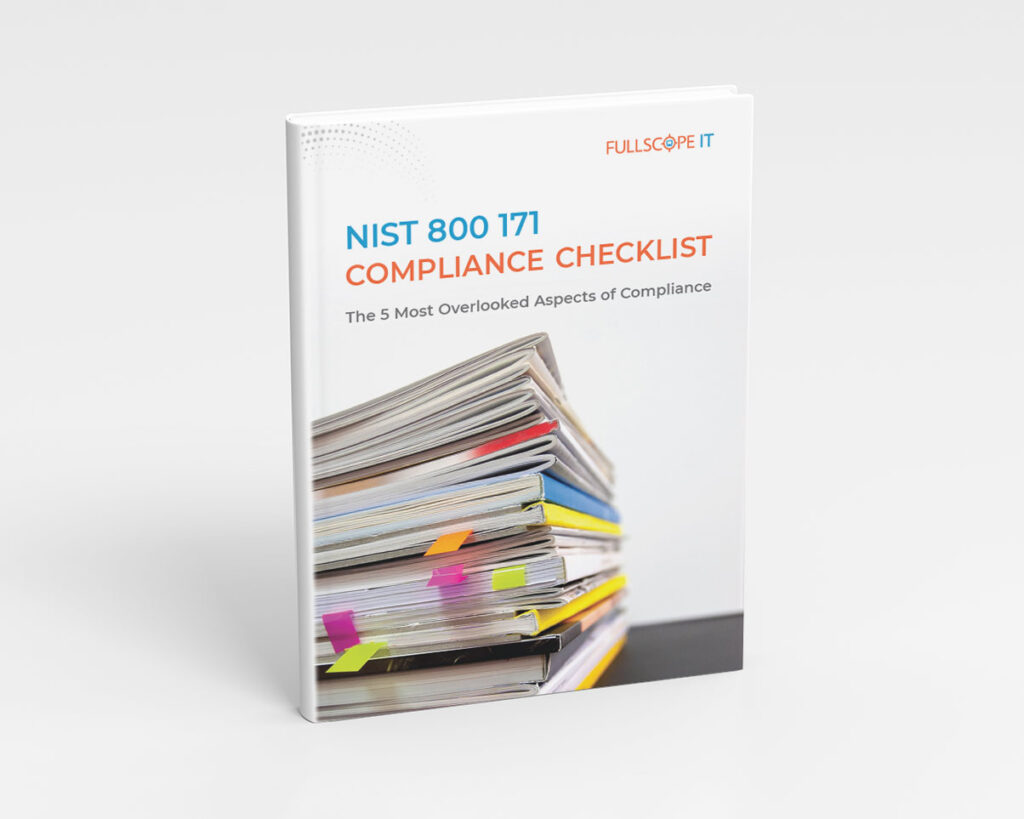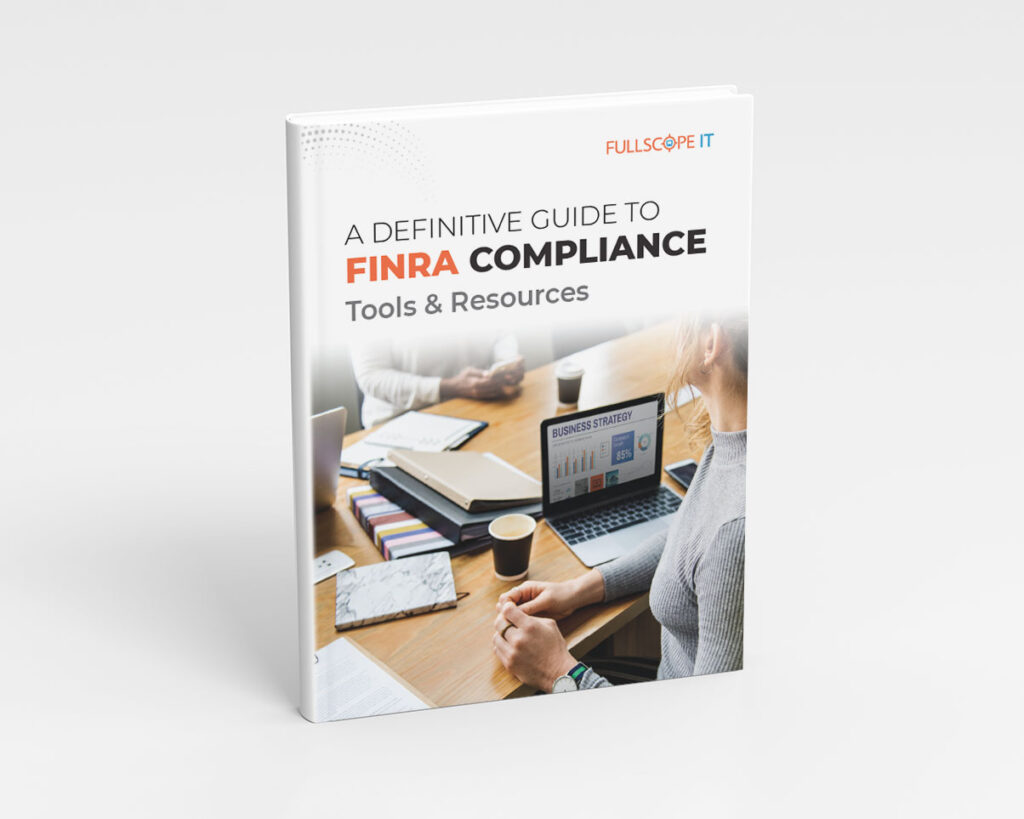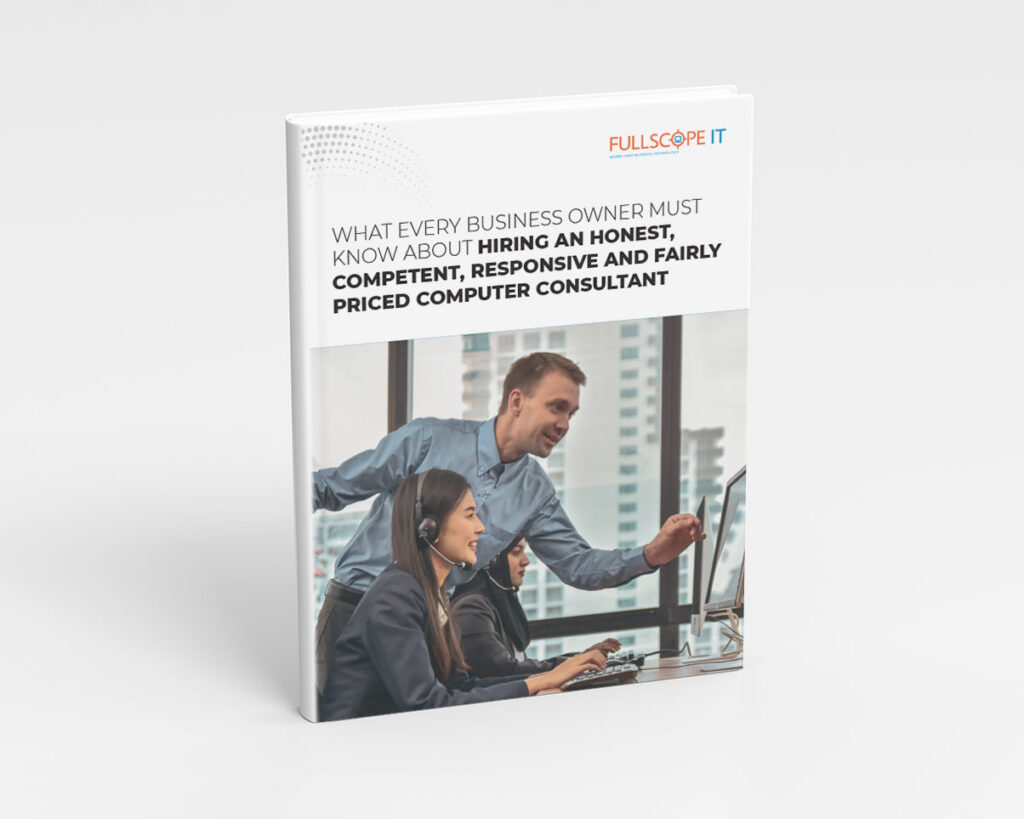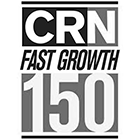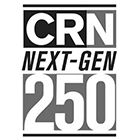Three Things You Can’t Ignore When Moving to the Cloud
For good or ill, the coronavirus pandemic has ushered the business world into the golden age of Cloud Computing. Back when everyone showed up to work in the same office, virtual workgroups were less of an issue. Then, once staff members began working remotely, moving to the Cloud became an absolute necessity. If your organization hasn’t moved to the Cloud yet, don’t worry—it will!
What Is Cloud Computing?
The concept of Cloud computing, much like the phenomenon of social media, is all-pervasive in our increasingly automated and digitized world. Quite simply, software and services that operate on the internet, rather than your computer hard drive, fall under the umbrella of “the Cloud.” The nimbus allusion may remind those of a particular generation of Bob Dylan’s famous song, “Blowin’ in the Wind.” While the existential dilemmas of Dylan’s lyrics may be impossible to resolve, the concept of Cloud computing is easy to plot.
Think of your organization’s data and processes as cash under your mattress and the Cloud as the bank. While your stash may be relatively safe concealed underneath the bedding, wouldn’t it be more secure and easy to use if it were housed in a bank, with online functions at your fingertips? Much like financial transactions, information is being stored and processed digitally around the world. The days of filing records the old-fashioned way are fast disappearing. Compare the last time you used a fax machine to when you e-signed a document on your smartphone!
According to the Flexera 2020 State of the Cloud Report—which incorporated “750 technical professionals from around the globe and across a broad cross-section of industries, providing insight into their adoption of Cloud infrastructure”—a lack of resources/expertise is the top challenge for Cloud beginners. To make your inevitable move to the Cloud easier, here are the three S’s to bear in mind.
Security
All information is highly monetized nowadays. Put another way, data is valuable; you have it; but there are those who want it and will do anything (including illegal things) to acquire it. Thus, as with securing finances, safeguarding your company and clients’ data is paramount. Reports of data breaches of all magnitudes are common—from the hijacking of one’s personal Facebook account to the 2018 Marriott International (Starwood) breach. While moving to the Cloud is not rocket science, working with an established specialist makes the transition smooth and safe.
In the upper echelons of Cloud Solution Providers (CSPs), there are giants like Amazon AWS, Google Cloud, and Microsoft Azure. These institutions boast of third-party attestations, namely SOC2 and ISO 27001, that proffer exceptional safeguards to protect your data and resources. Their performance on the security metric often supersedes that of behemoth corporate data centers. However, the ultimate responsibility always falls on the client company to secure their data, even when trusted third-party vendors are part of the equation. Equifax acquiesced to paying out millions of dollars in a settlement with the Federal Trade Commission, the Consumer Financial Protection Bureau (CFPB), and all states and territories for the much-documented Equifax breach in 2017. Do your due diligence to reduce risk!
Cybersecurity should not be a “turn-on-and-forget” activity. Enhanced firewalls must be erected to prevent information from falling into nefarious hands as novel threats come to light; and team members must be trained in best online security practices. Above all, it is imperative to connect with a trustworthy CSP boasting an impeccable security track record and unerring compliance with ethics, mandated regulations, and applicable updates.
Not all your data and applications may need to move to the Cloud. An excellent way to configure the template is to take a CSP service for a test drive while bearing in mind that moving to the Cloud is a gradual process when done correctly.
Space
A Cloud can be public, private or, a bit of both. Think of a public Cloud as a condo and a private Cloud as a standalone mansion. The intersection of a public and private Cloud—like a playground between the condo and the mansion—is called a hybrid Cloud.
Moving to a low-cost public Cloud is ideal for communication services with a specific number of users and software development and testing. Moving to a tailor-made private Cloud costs a lot more. Still, it may be necessary if large tranches of highly sensitive data are being handled. The hybrid model is best suited in a scenario where non-sensitive data can be stored in a public Cloud and the sensitive data in a private Cloud. Hybrid Clouds are a popular choice for companies that do not require the exclusive use of a private Cloud.
Savings
Instant information and hyper-efficiency are the celebrated tenets of our time. For an enterprise to survive, its in-house operations must perform at high speed and accuracy. Moving to a Cloud can significantly reduce operating costs.
Running your own Cloud, of course, is an option. But only if money is no object. Purchasing expensive equipment, hiring highly trained technical personnel, power usage, and data storage costs can all be deflected to a CSP. Management can also mitigate the expense of training the existing workforce in advanced IT skills. CSPs often offer flexible, à la carte options with pay-as-you-go pricing, making a move to the Cloud affordable. The COVID-19 pandemic has made working from home a necessary reality. Moving to the Cloud facilitates the access of processes and data to all employees, wherever they may be located.
Contact FullScope IT
Ready to make your move to the Cloud? Contact FullScope IT today to learn how we can help. All the best for your move to the Cloud!

